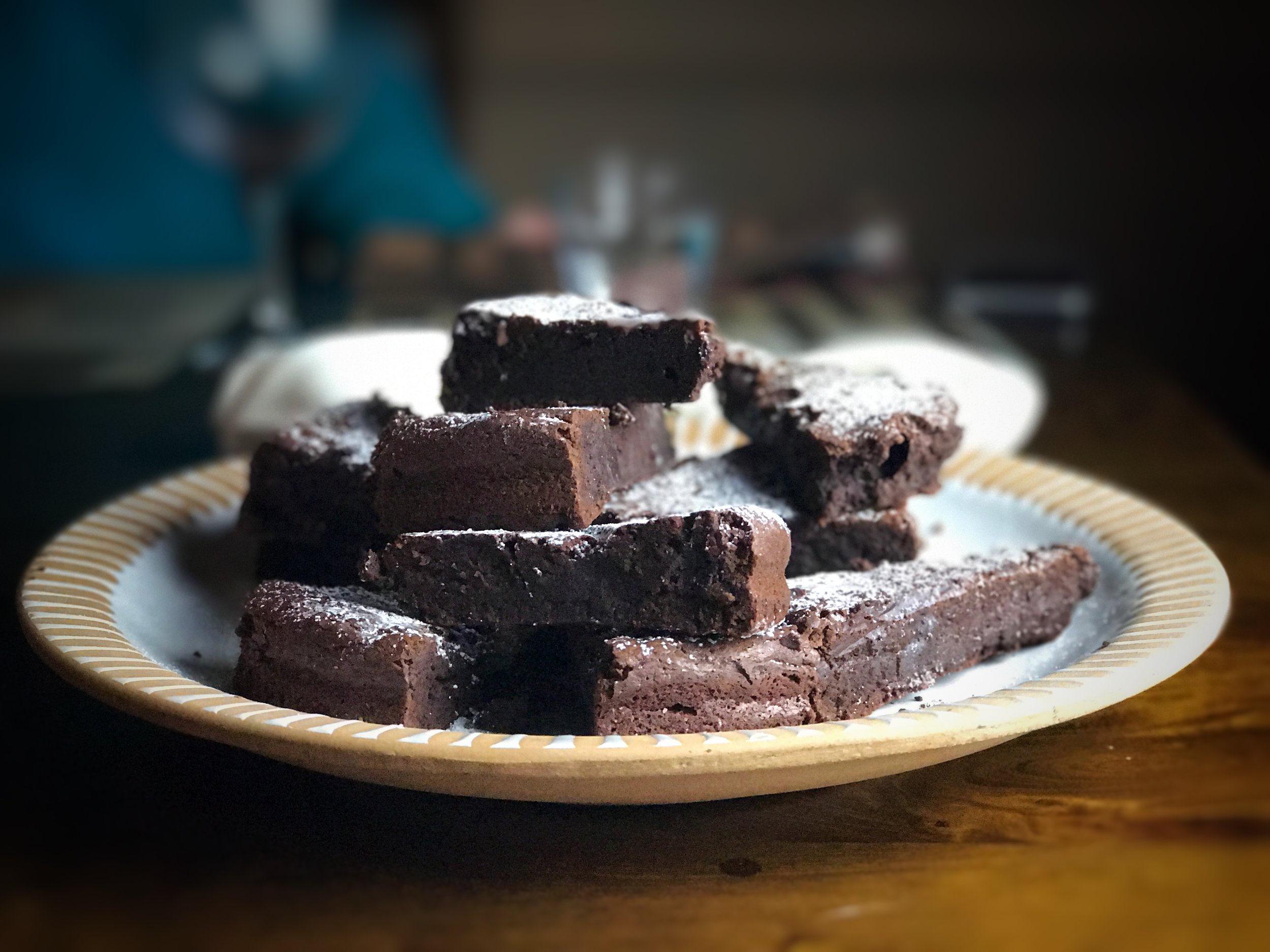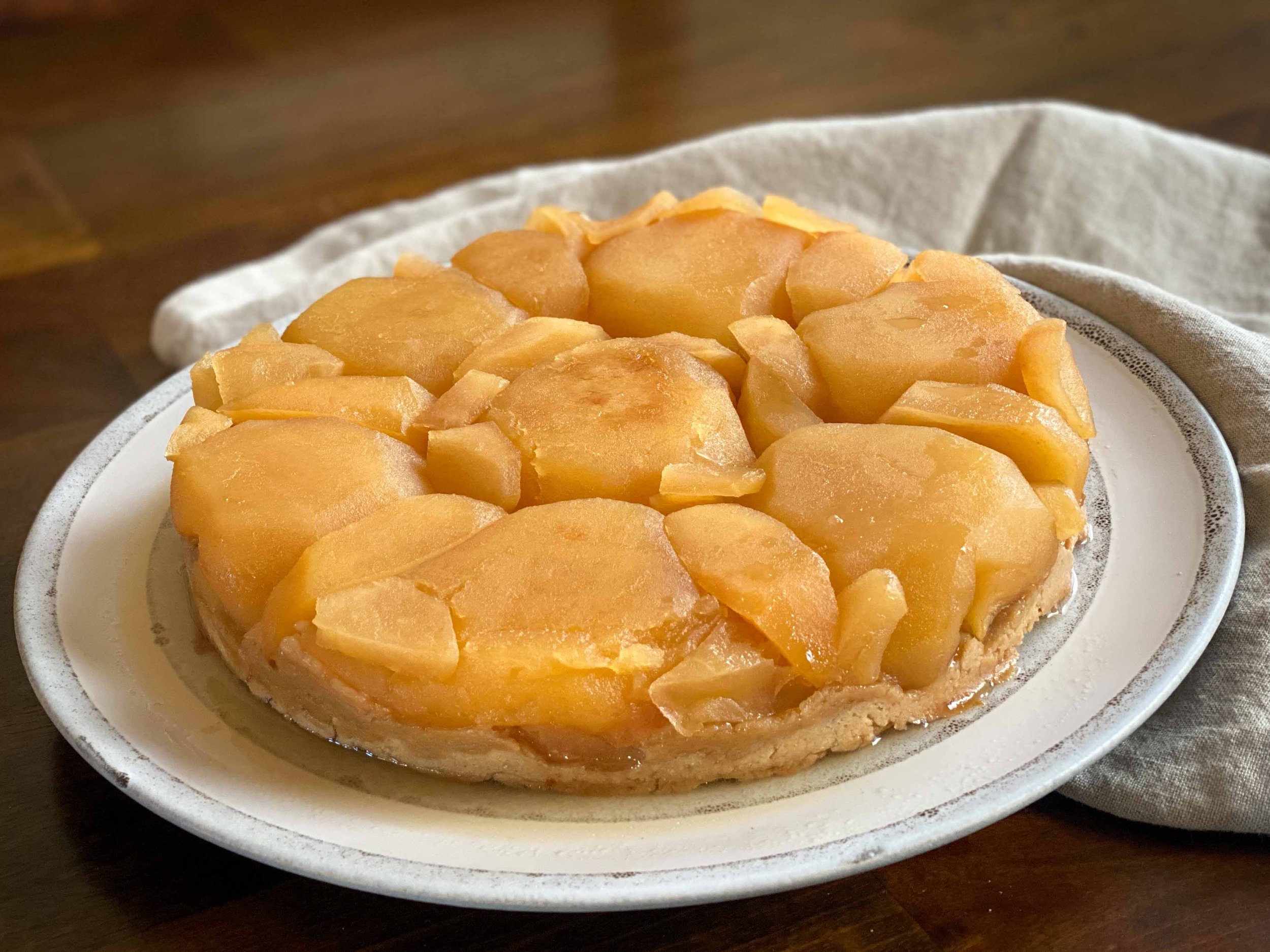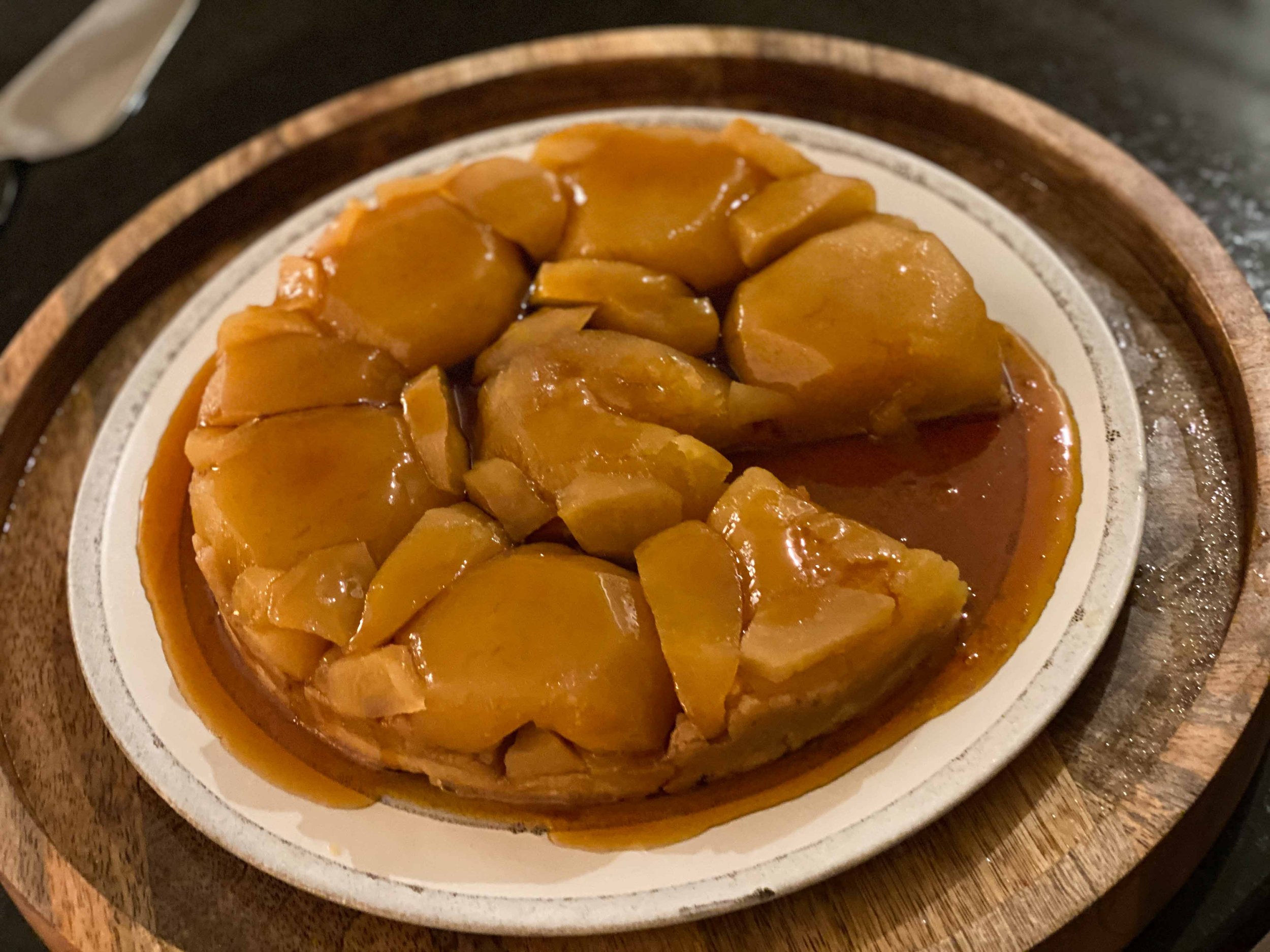A few specific chocolate products that tested as relatively safe by both Consumer Reports and As You Sow
By Leslie Brenner
Around this time last year, I purged my kitchen of all my favorite chocolate: organic Theo bars in myriad fabulous flavors; Valhrona cocoa powder; the Trader Joe’s organic bars that were great for baking. It was painful, but had to be done. The big question: Would I be able to find suitable replacements, or would I have to give up chocolate nibbling and baking in the name of health?
If you’re scratching your head and wondering what on earth I’m talking about, you’ve missed the alarming news of the last 13 months: Many of the most popular brands of chocolate have been found to contain dangerous levels of lead and cadmium. The dangerous products include brands favored by pastry chefs and serious home bakers.
In December 2022, Consumer Reports published an extensive article that laid out the dangers, and conducted its own tests on 28 bars. Then in October last year the publication updated that article, and revealed the findings of more testing — on cocoa powders, chocolate chips and brownie mixes. Consumer Reports’ work on the subject follows the important work of As You Sow, a California-based nonprofit devoted to environmental and corporate responsibility. As You Sow has been testing chocolates for heavy metal since 2014, and provides to the public a searchable database of test results (scroll down on their Toxic Chocolate page to find it).
I woke up to the problem last February, when a New York Times health column asked “Do I Need to Avoid Dark Chocolate Now?” The article concluded that there’s “no reason to panic,” and quoted an assistant professor of behavioral health and nutrition at the University of Delaware as saying that if you eat chocolate often, you should consider choosing brands with lower concentrations of the harmful metals. At the same time, it reminded us that there is no established safe intake level for lead, because “even the lowest blood lead levels are associated with adverse neurodevelopmental effects in children.”
I dove in, checked Consumer Reports list of “safer” bars, and cross-referenced it with As You Sow’s test results. I then headed to the supermarket, came up with a selection of widely available dark chocolate products that tested as relatively safe, and wrote about it for the Cooks Without Borders newsletter.
At that time, it seemed pretty straightforward: Ghirardelli 100% cacao and 60% cacao premium baking bars were found by both organizations to be relatively safe. Ghirardelli also makes a 72% cacao bar — Intense Dark Twilight Delight — that Consumer Reports found to be safe; however, As You Sow’s testing showed it to have a dangerously high level of cadmium.
Cocoa powders: not so simple
Consumer Reports hadn’t yet tested cocoa powders, but As You Sow did, and it deemed Hershey’s Cocoa to be safe. (Most Hershey’s products tested as unsafe, but the unsweetened 100% cocoa passed As You Sow’s tests).
Now that Consumer Reports has also tested cocoa powders, the two organizations show conflicting results — CR found Hershey’s Cocoa to be unsafe, while it deems a number of cocoas safe that As You Sow found to be unsafe. At this point, there is not a single cocoa powder that both Consumer Reports and As You Sow consider safe.
Use a safe chocolate to make these Mexican Chocolate Situation bars, and you can safely enjoy one bar.
Safe chocolate chips and bars — with a caveat
Good news for chocolate-chip cookie lovers: Consumer Reports’ more recent testing found a number of widely available dark chocolate chips to be relative safe — including Ghirardelli 60% cacao, Nestlé Toll House Semi-Sweet Morsels, 365 Whole Foods Market Semisweet Chocolate Baking Chips and chips from Trader Joes, Kirkland (Costco), Lily’s, Great Value (Walmart), Hershey’s, Enjoy Life and Guittard.
However, that comes with a caveat: What’s considered relatively safe is just one serving, about ½ ounce, or 14 grams. That’s roughly one tablespoon — about what you’d probably get in one or two chocolate chip cookies. So that does not mean you can safely use or eat these chocolate chips with abandon.
That’s also true for baking with the safer bars: Both Consumer Reports and As You Sow base test results on one ounce. If you want to be safe, do not consume more than one ounce (28 grams), even if you’re consuming one of the “safe” products. That means you cannot safely eat an entire batch of brownies made with the Ghirardelli premium baking bars. But if you make a batch of brownies that uses 6 ounces of chocolate and makes 12 brownies, you can safely eat two brownies.
Use 60% cacao chocolate and 100% cacao chocolate in a 3:1 ratio to get 70% cacao chocolate.
The bars to buy, the ratio to remember
Many of us want to be safe — and to keep our children and grandchildren safe — but don’t have the time or inclination to consult two different websites each time we purchase chocolate for a recipe. Happily, here’s something that’s easy to remember: Choose those two Ghirardelli bars — the 60% cacao premium baking bar and the 100% premium baking bar — and you’ll be making a safe choice.
Use them at a 3 to 1 ratio to arrive at the 70% cacao content dark chocolate that recipes frequently call for. In other words, if a recipe calls for 4 ounces (or 113.5 grams) of 70% cacao chocolate, you can use 3 ounces (84 grams) of 60% and 1 ounce (28 grams) of 100%.
Conveniently, each square of the Ghirardelli 60% and 100% bars weighs .5 ounce (14 grams), so usually you won’t even need a scale.
Cooks Without Borders’ commitment to your safety
At Cooks Without Borders, we care deeply about health (yours and ours), and about the safety of the recipes we publish. In service of that, we examined how the results of the Consumer Reports and As You Sow findings line up with the amounts and types of chocolate we call for in our recipes, and we are in process of updating our existing recipes accordingly — including information about how to make them safe.
We have not published any new recipes that include chocolate since dark chocolate’s lead and cadmium problem came to light in late 2022. Going forward, we will mention the dangers associated with dark chocolate in the headnote of any new recipes or stories that involve the ingredient, and offer suggestions for safer brands when we do write about chocolate.
Looking for a chocolate recipe that’s already been updated? We thought you might enjoy The Mexican Chocolate Situation.
RECIPE: The Mexican Chocolate Situation























